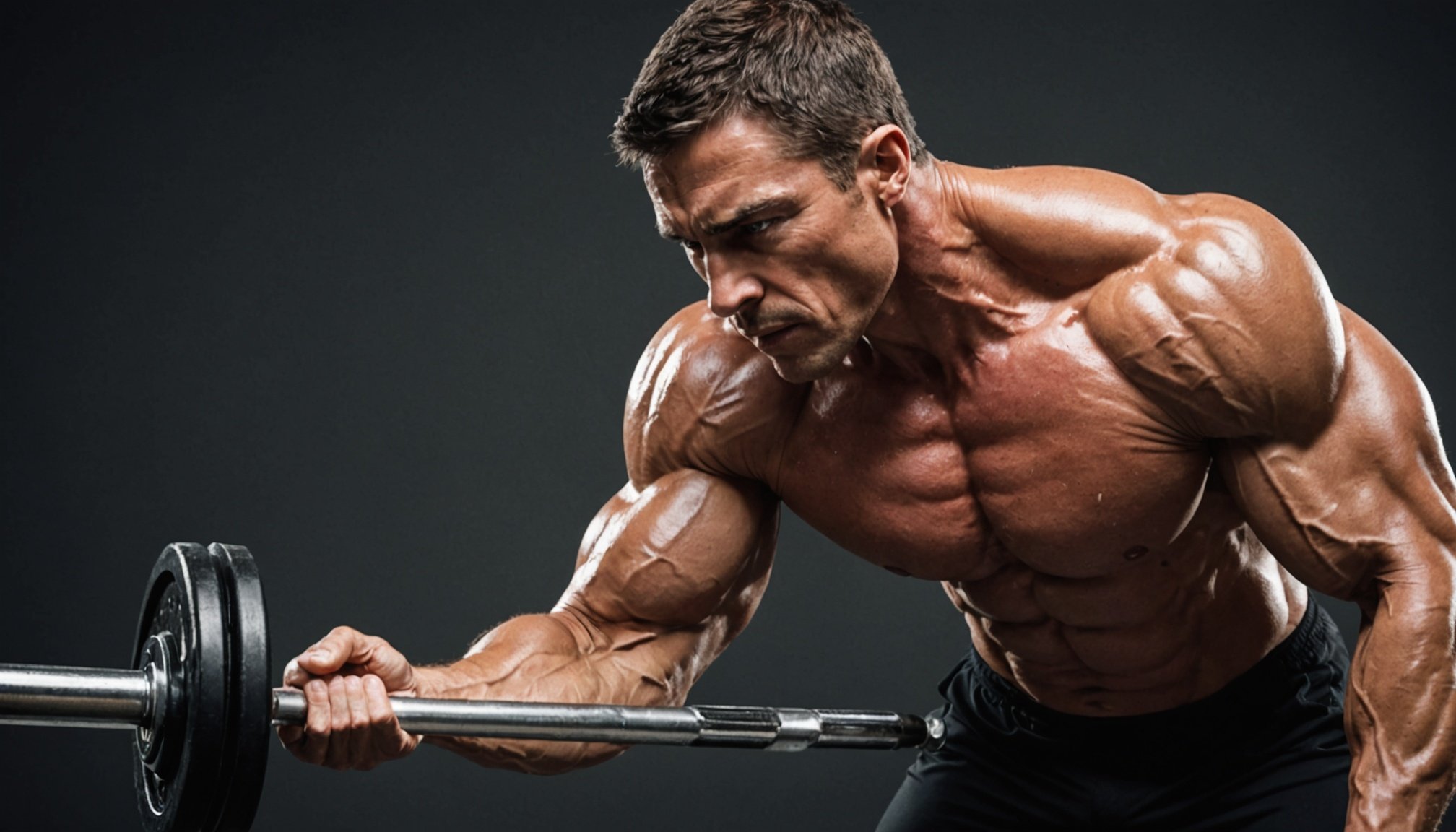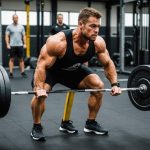The feeling of your muscles tightening and swelling during an intense workout is commonly referred to as the ‘muscle pump.’ This sensation can be highly rewarding, giving you a glimpse of your muscles’ potential size and strength. However, beyond the aesthetic appeal, does the muscle pump contribute to muscle growth? And if so, how can you optimize it to help maximize your gains? This article delves deep into the science behind the muscle pump and provides practical tips for enhancing its effects during your workout sessions.
Understanding the muscle pump
To start with, let’s demystify the term ‘muscle pump.’ This phenomenon occurs when you engage in resistance exercises, causing your muscles to contract and blood to rush into your muscle tissues. As a result, they swell and harden temporarily, giving you that pumped up feeling.
Also read : What are the top strategies for safely returning to weightlifting after a muscle injury?
But what does this mean for muscle growth or hypertrophy? Some evidence suggests that the muscle pump may play a key role in promoting muscle growth. The underlying mechanism relates to cell swelling, which triggers the muscles’ anabolic signaling pathways, leading to an increase in protein synthesis and, ultimately, muscle growth.
However, achieving the right kind of pump requires more than just lifting weights. It requires understanding and manipulating several factors, including your training volume, the amount of weight you lift, and the types of exercises you perform.
Also read : What is the effectiveness of virtual reality tools in enhancing technique in powerlifting?
Impact of training volume and intensity on muscle pump
Training volume, which refers to the total number of sets and reps you perform during a workout, can significantly impact the muscle pump. Generally, higher training volumes are associated with increased muscle pump. This is because more sets and reps result in a greater accumulation of metabolic waste products in your muscles, leading to a more intense pump.
However, the intensity of your training also plays a crucial role. Lifting heavy weights for fewer reps may not produce the same pump as lifting lighter weights for more reps. This is because heavier weights tend to recruit more muscle fibers, leading to a more efficient pump. Therefore, to maximize your muscle pump, you should aim for a balance between volume and intensity.
Using resistance exercises for muscle pump
Resistance exercises, particularly those that involve multiple joints and large muscle groups, can also enhance the muscle pump. These exercises often require a high level of muscular contraction, which helps increase blood flow to the muscles and results in a more intense pump.
For instance, exercises such as squats, deadlifts, and bench presses can be highly effective for inducing a strong muscle pump. Additionally, incorporating isolation exercises towards the end of your workout can help target specific muscles and increase the overall pump.
However, it’s crucial to perform these exercises with proper form and control to avoid injury and ensure maximum muscle engagement.
Role of recovery time and protein intake
Recovery time between sets is another factor that can influence the muscle pump. Shorter rest periods often lead to a more significant pump as they allow less time for blood to leave the muscles. However, this should be balanced with sufficient recovery to maintain performance and prevent fatigue.
Protein intake is also crucial in the process of muscle growth. Consuming adequate protein after a workout can enhance muscle protein synthesis and promote recovery, which is essential for hypertrophy. Moreover, some studies suggest that ingesting a protein shake before a workout can also enhance the muscle pump.
Implementing workout frequency for optimal muscle pump
How often you train can also impact muscle growth and the muscle pump. Training a muscle group multiple times a week appears to be beneficial for hypertrophy. This increased frequency allows for a higher weekly training volume without overtaxing the muscles in a single session.
However, it’s vital to balance this increased frequency with adequate rest to prevent overtraining and allow for muscle recovery and growth. The optimal frequency will depend on various factors, including your training experience, goals, and recovery capacity.
In conclusion, the muscle pump is more than just a satisfying feeling during a workout. It plays a crucial role in muscle growth, and optimizing it can help maximize your gains. Whether it’s adjusting your training volume and intensity, performing the right exercises, managing your recovery time, or optimizing your protein intake and workout frequency, there are various strategies you can implement to enhance the muscle pump.
Influence of Metabolic Stress and Progressive Overload
Metabolic stress and progressive overload are two additional factors that can significantly enhance your muscle pump and contribute to efficient muscle growth. Let’s take a closer look at how these elements work and how you can integrate them into your training regimen to optimize your gains.
Metabolic stress refers to the buildup of various byproducts in your muscles during intense workouts. This buildup happens when you engage in high-repetition sets with short rest periods in between. The increased levels of metabolic stress stimulate the muscle cells to grow, a process known as muscle hypertrophy. To foster conditions for metabolic stress, it is advisable to integrate high reps and short rest periods into your training program.
On the other hand, progressive overload is a strategy that involves gradually increasing the amount of stress placed on your body during training. This could mean increasing the weight you lift, the number of sets and reps you perform, or the intensity of your exercises. Progressive overload is a critical principle for muscle growth as it continuously challenges your muscles and prevents them from adapting to the same level of stress.
Incorporating both metabolic stress and progressive overload into your strength training can help you achieve a more potent muscle pump and promote optimal muscle growth. The key is to balance these elements effectively to prevent overtraining and muscle damage while still challenging your muscles to grow.
Conclusion: Integrating Knowledge for Optimal Muscle Pump
In conclusion, achieving an optimal muscle pump is a multifaceted process that requires a comprehensive understanding of various factors, including training volume and intensity, resistance exercises, recovery time, protein intake, and workout frequency. Additionally, considering metabolic stress and progressive overload can further enhance the muscle pump and contribute to efficient muscle growth.
To elaborate, high-volume and high-intensity workouts, a balanced mix of compound and isolation exercises, short rest periods, and adequate protein intake all contribute to a more potent muscle pump and consequently, muscle hypertrophy. Additionally, implementing progressive overload in your training program ensures that your muscles are continuously challenged, thereby promoting growth.
However, it’s crucial to remember that individual responses to these strategies can vary significantly due to factors such as genetics, age, and overall health. Therefore, it’s essential to listen to your body, adjust your training accordingly, and possibly seek professional guidance to maximize your gains safely and effectively.
In summary, the muscle pump is more than a temporary aesthetic effect during workouts; it’s a physiological phenomenon that plays a key role in muscle growth. Optimizing the muscle pump can significantly enhance your muscle-building efforts, helping you get closer to achieving your fitness goals.






